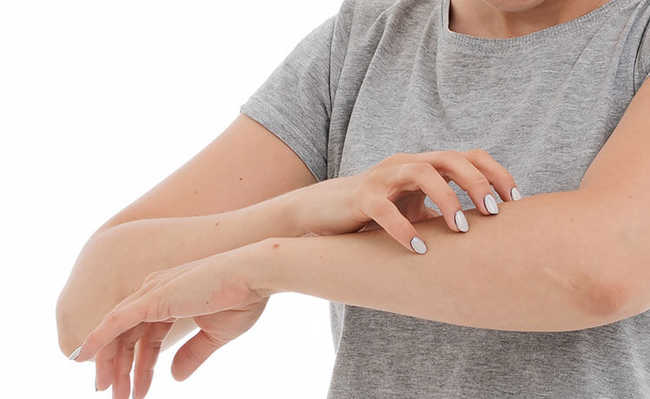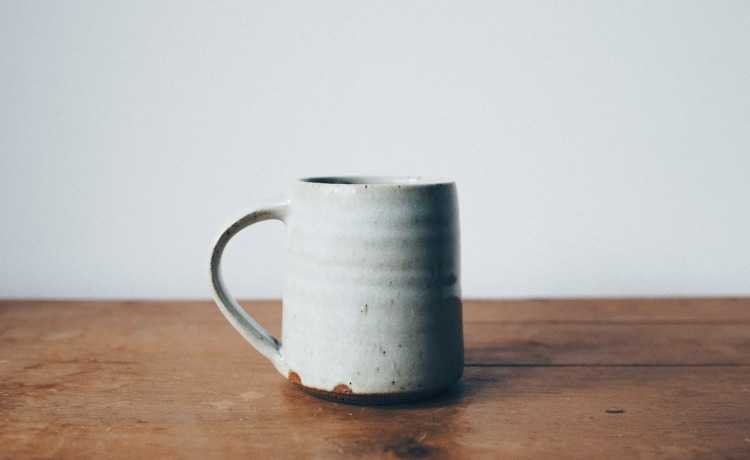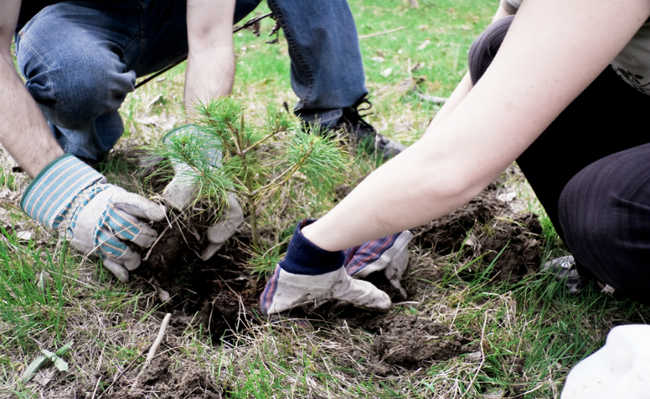Candidiasis: know causes, symptoms, types and know how to treat
Candidiasis is very common and can have many causes and symptoms.

Анастасия Гепп image by Pixabay
Candidiasis is an infection caused by the exaggerated proliferation of the fungus Candida, which exists naturally in the human body in small amounts and which aids in the absorption of nutrients and digestion. However, when the Candida If it reproduces uncontrollably, the typical symptoms of candidiasis can appear, especially in people with weak immune systems, who are more sensitive to changes in the body.
- Candidiasis in men: what it is and how to treat it
- More than half of our body is not human
That's why a healthy lifestyle and healthy diet are the best barriers to avoiding the disease, which is super common and can bind anyone. It is estimated that 75% of women will have thrush at least once in their lifetime, but the fungus can also attack men, although thrush in men usually has no symptoms.
There are five types of candidiasis.
vaginal thrush
It causes vaginal itching, white discharge in lumps (like cream), bad smell, and there may also be burning and pain during sexual intercourse.
oral thrush
This is also called thrush - it usually affects babies and adults with weakened immune systems and is characterized by white patches in the mouth, tongue, roof of the mouth and throat, as well as burning mouth and pain when swallowing.
Candidiasis in men
This is a type of candidiasis that usually has no symptoms, but when they do appear they are usually itchy, red patches on the penis, mild swelling, burning when urinating, white sores on the glans and pain during sexual intercourse.
Candidiasis on the skin
That causes itchiness and redness in the folds of the skin of people with weakened immune systems.
intestinal candidiasis
In which it is possible to observe small whitish residues in the stool that were on the bowel wall.
other symptoms
- Intolerance and allergy to certain odors and perfumes;
- Digestive problems, causing diarrhea and constipation;
- Intestinal problems with gluten and lactose;
- Ulcers in more extreme cases;
- Nervousness and irritability;
- Anxiety and memory loss;
- Flu-like symptoms.
But what are the causes of thrush?
We list some factors that are associated with the uncontrolled proliferation of Candida and that increase the risk of having thrush:- Unprotected sexual intercourse with an infected partner;
- Pregnancy and during menstruation;
- Stress;
- Going barefoot or sharing gloves;
- Chemotherapy;
- High sugar intake;
- Frequent use of antibiotics, contraceptives and steroids;
- Wear tight, wet clothes;
- Psychological and emotional traumas;
- Do intimate hygiene more than twice a day;
- Use absorbent for more than 3 hours;
- Diarrhea;
- Viral infections;
- Diseases like AIDS, HPV and lupus, as they make the immune system weaker;
- Kiss;
- Have a bad diet;
- Sleeping poorly or little;
- Use of drugs.
how to treat
The treatment is usually done with the use of medicines, ointments or solution, in addition to an adapted diet, which should be guided by a gynecologist, dentist or urologist, depending on the affected region, as each area receives a different treatment.
In the case of genital candidiasis, it is advisable to avoid underwear other than cotton, wash the genital region only with water and mild soap or soap for the region, sleep without underwear, avoid tampons, and avoid having unprotected sex while is undergoing treatment.
Oral thrush can be treated through the use of medication and it is advisable to brush your teeth at least three times a day and avoid foods high in fat and sugar.
Candidiasis on the skin is usually treated with ointments and it is advisable not to walk barefoot in swimming pools, saunas or public places; wear gloves for cleaning; and keep the body parts with folds (feet, elbow, armpits, groin) dry at all times.










